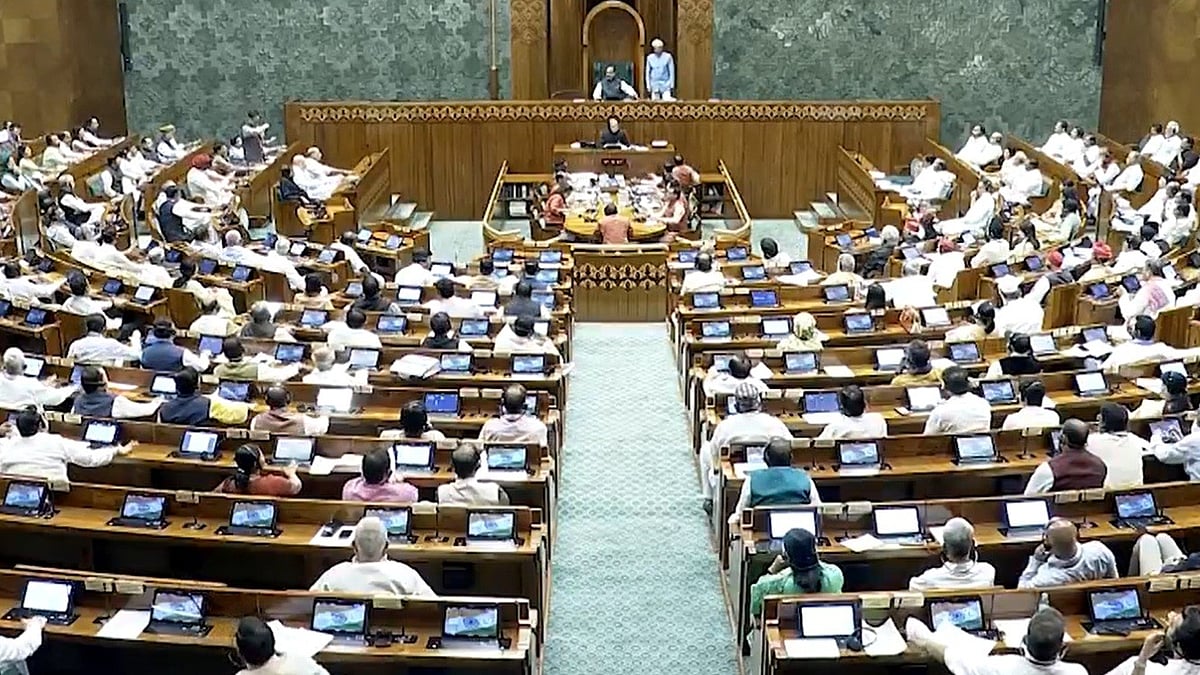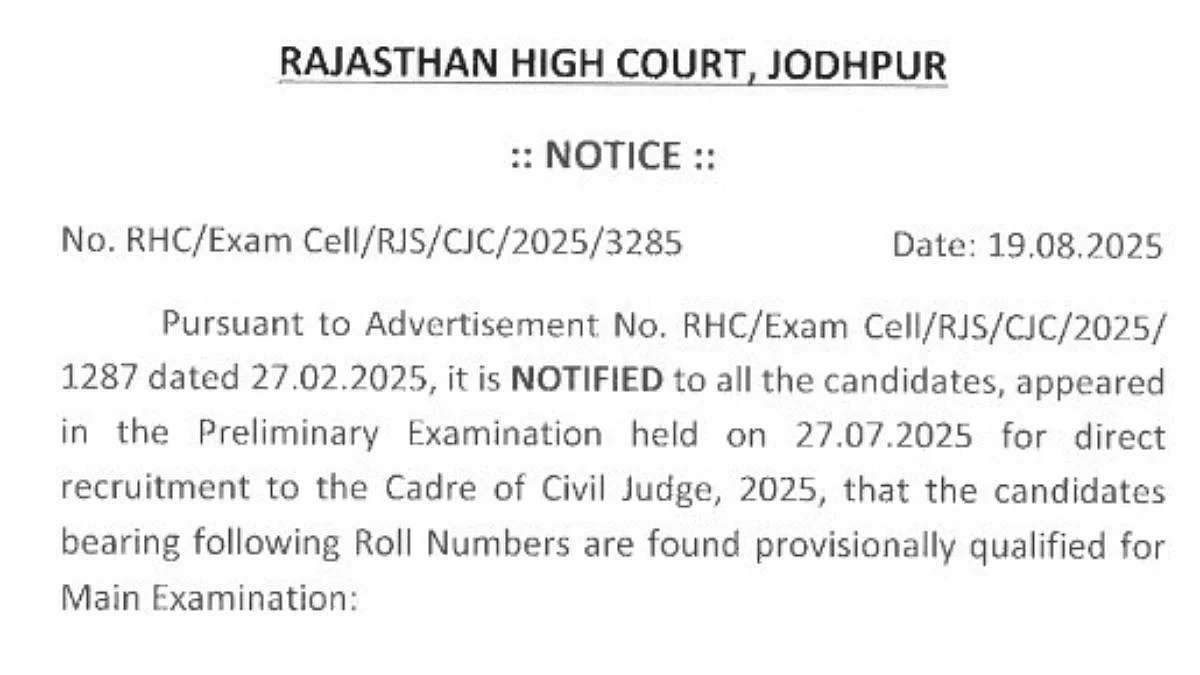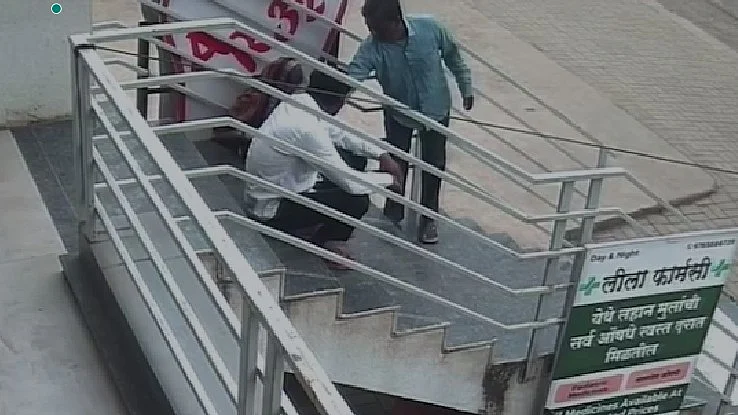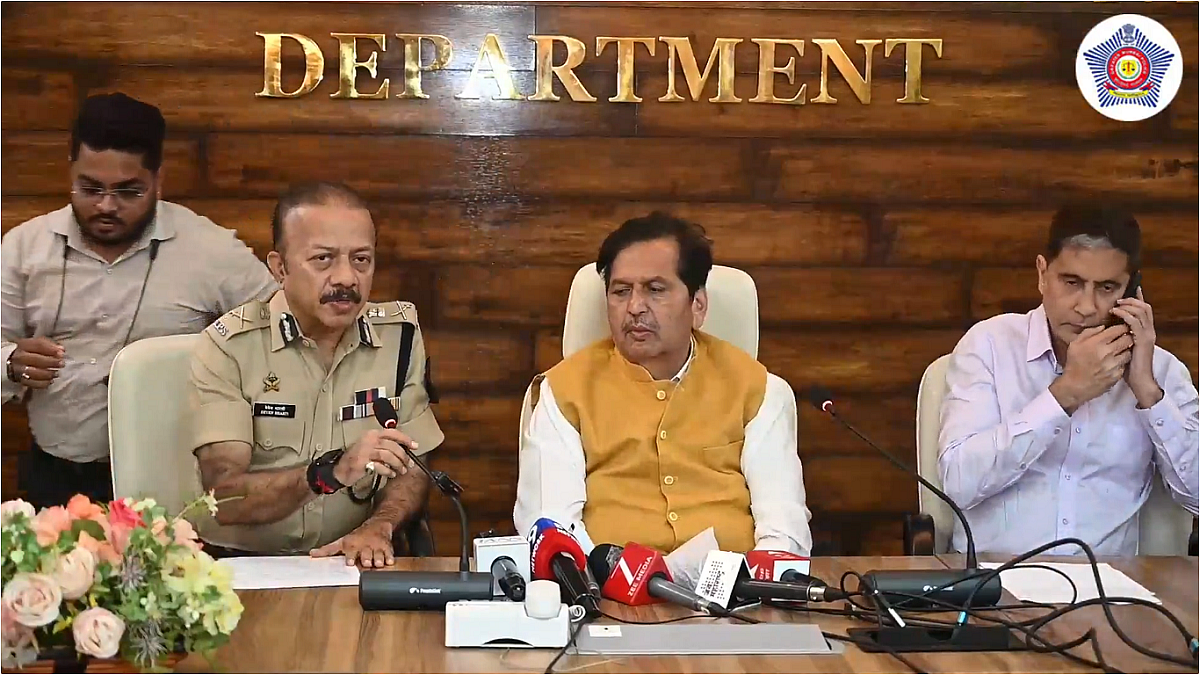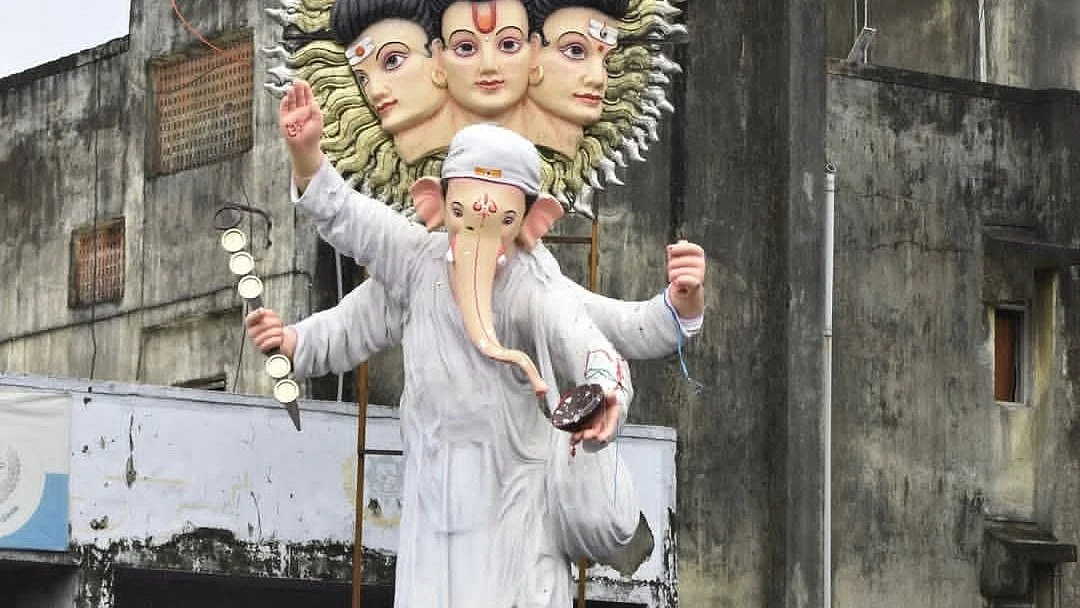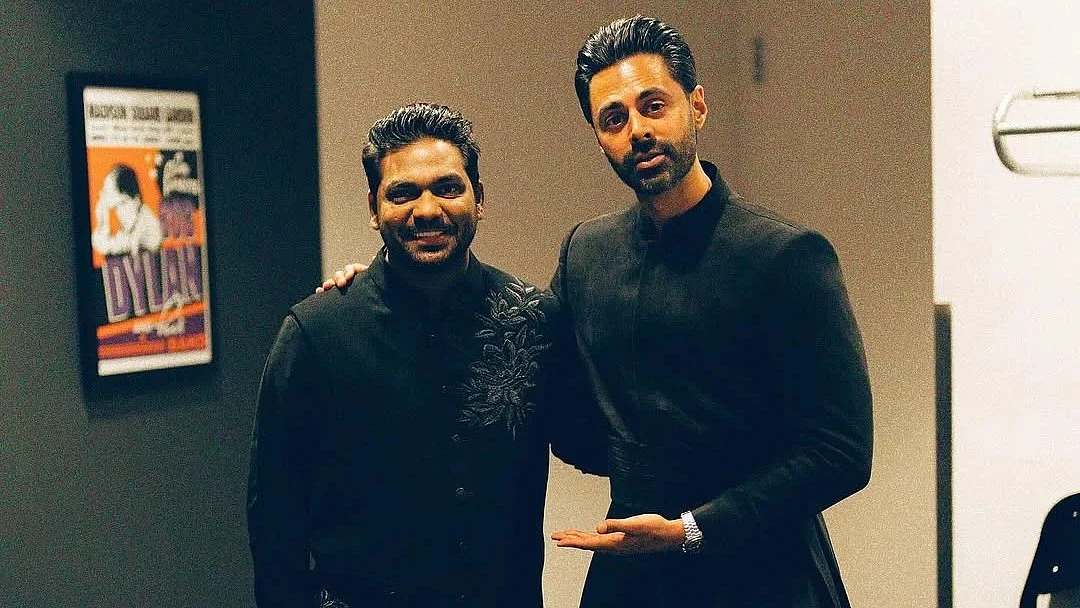Think Parsi and their comic stereotype as portrayed in Hindi films comes to the mind. An honest and hardworking community, they are often known for their idiosyncrasies. Wondered why Parsis are called ‘Bawas’. In Persian it means ‘baba’ for father or elder brother. They have a constant habit of butting in conversations with ‘Arre Bawa’. We Indians were quick to grab their quirk and they got the nickname bawa. Their mother tongue is English or Gujarati with a peculiar diction.
In the seventh century, till the emergence of Islam, Zoroastrianism was the dominant religion of Persia for 3500 years. 10th century witnessed a set of Iranians who did not wish to convert, fled Iran as refugees, wandered in pursuit of some place to practice their religion at liberty and landed in Gujarat in western India and became known as Parsis after their Persian origins. They constructed temples to house the sacred fire brought from Iran, taken care of by their priests, which could never be extinguished. What was once the world’s oldest monotheistic religion, is now one of the world's smallest religion.
How they settled in Gujarat
Here goes an interesting anecdote of the preliminary encounter between King Jadi Rana of Sanjan (now Valsad) and the immigrants. To convey the tactile message of his incapacity to accommodate refugees due to his kingdom being already over-populated, he sent a container filled to the brim with milk to the asylum-seeking Persians. As an evocative and smart rejoinder, a Zoroastrian priest mixed in a dash of sugar to the milk, thereby hinting that they would not create an overflow of the container, and also contribute to sweetening the lives of the denizens. Impressed by this act, Jadi Rana gave asylum to them, and allowed them to practice their religion and traditions without any hindrance. With great personalities in nearly every turf, from science, technology to arts, commerce, or sports, subsequently, Parsis continue to add ‘sugar’ and enhance the sweetness to our existence.
Beliefs and culture

Pic: PTI
Parsis are monotheists with belief in one God called Ahura Mazda (Wise Lord) who created the universe. The belief goes that Ahura Mazda revealed the truth through His messenger Zarathustra or Zoroaster. Their holy book is Zend Avesta. Apart from offering prayers many times a day, communal prayer is offered in a Fire Temple or Agiary. The three-pronged doctrine is ‘Good thoughts, Good words and Good deeds’ and the dichotomy between good and evil. To usher in a spiritual renewal of the self, Navroze is a Parsi festival of thanksgiving and celebration of nature.
Contrary to common perception, Parsis are not fire-worshippers. Khushroo Sarkari, a Parsi, begs to differ by saying, “The Western world mistakenly believes Zoroastrians are fire-worshippers. We believe in the purity of nature’s elements. Fire represents God’s light or wisdom. It is kept burning in the Agiary.”
Navjote ceremony shares similarities with Upanayana or Hindu Brahmin’s thread ceremony, to reinstate the child’s spiritual connect with his religion. This ritual initiates an individual between the age of 7 to 9, girl or boy, into the religion and he/she wears the sadra (sacred vest) and kushti (sacred thread).
Parsi Bhonu
Consider fire, food and friendship as the core philosophies behind their festivities. Navroze means a ‘new day’ in Persian, signifying new beginnings. Universally, Navroze is observed in March while in India it befalls in August due to the fact that the Parsi community settled here follows the Shahenshahi calendar, which does not account for the leap years. “Actually, in India, the community celebrates it both according to the Iranian calendar and the Shahenshahi calendar,” reveals Yezdi Irani, a Marcom professional.
Festivities begin with praying at the Fire Temple. A day to seek forgiveness, mental purification, they don new clothes, visit relatives, exchange gifts and feast – their khavanu, pivanu, majja ni life attitude comes to the fore. The festive dining table is adorned with sacred book, incense sticks, mirror and other auspicious things. Like South Indians, they too eat from banana leaves but placed differently.
Parsi cuisine is an amalgam of Irani, Gujarati and British food cultures. Gujarati influence can be felt in their ‘khattu-mithu’ (sour-sweet) flavours. Predominantly they are meat eaters with mutton, fish and chicken being their main food. Use of dried fruits is extensive. Parsi egg dishes (akuri) are very popular besides their sali boti, jardaloo marghi, Parsi rotli, dhansak, patra ni machchi, and the delicious lagan nu custard!
Tower of Silence

Tower of Silence | Pic: wikimedia commons
Parsi rituals prohibit the cremation or burial of the dead. ‘Dokhmenishini’ is a way of disposing of a body through exposure to sunlight and scavenging birds. It is their religious belief that the body must be returned to nature whence it came from. It is taken to a dakhma or Tower of Silence (a traditional Zoroastrian funerary).A dakhma is a circular, raised structure with high walls. The body is placed on the central tower where vultures scavenge upon it. It is looked upon as a sacred, cathartic and liberating act. According to their belief, the disposal should not contaminate the earth or water. There are several Towers of Silence in Mumbai, including one in Malabar Hill.Of late, due to the declining population of vultures, some have shut down. Parsis now have the alternative to choose to cremate the bodies. Mumbai’s Mata Ramabai Ambedkar Crematorium in Worli has been refurbished and has a special Parsi Prayer Hall for those who opt for cremation.

